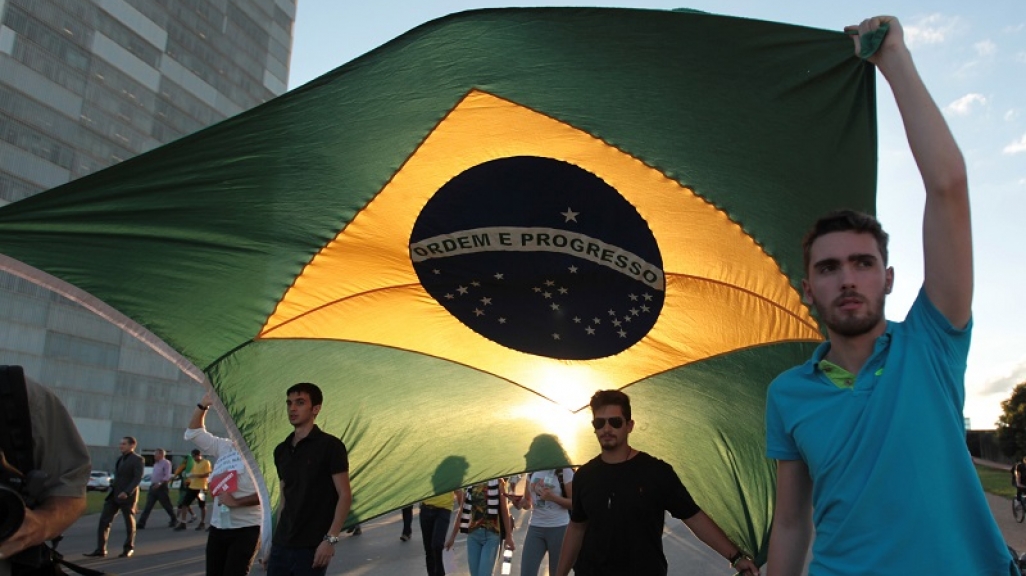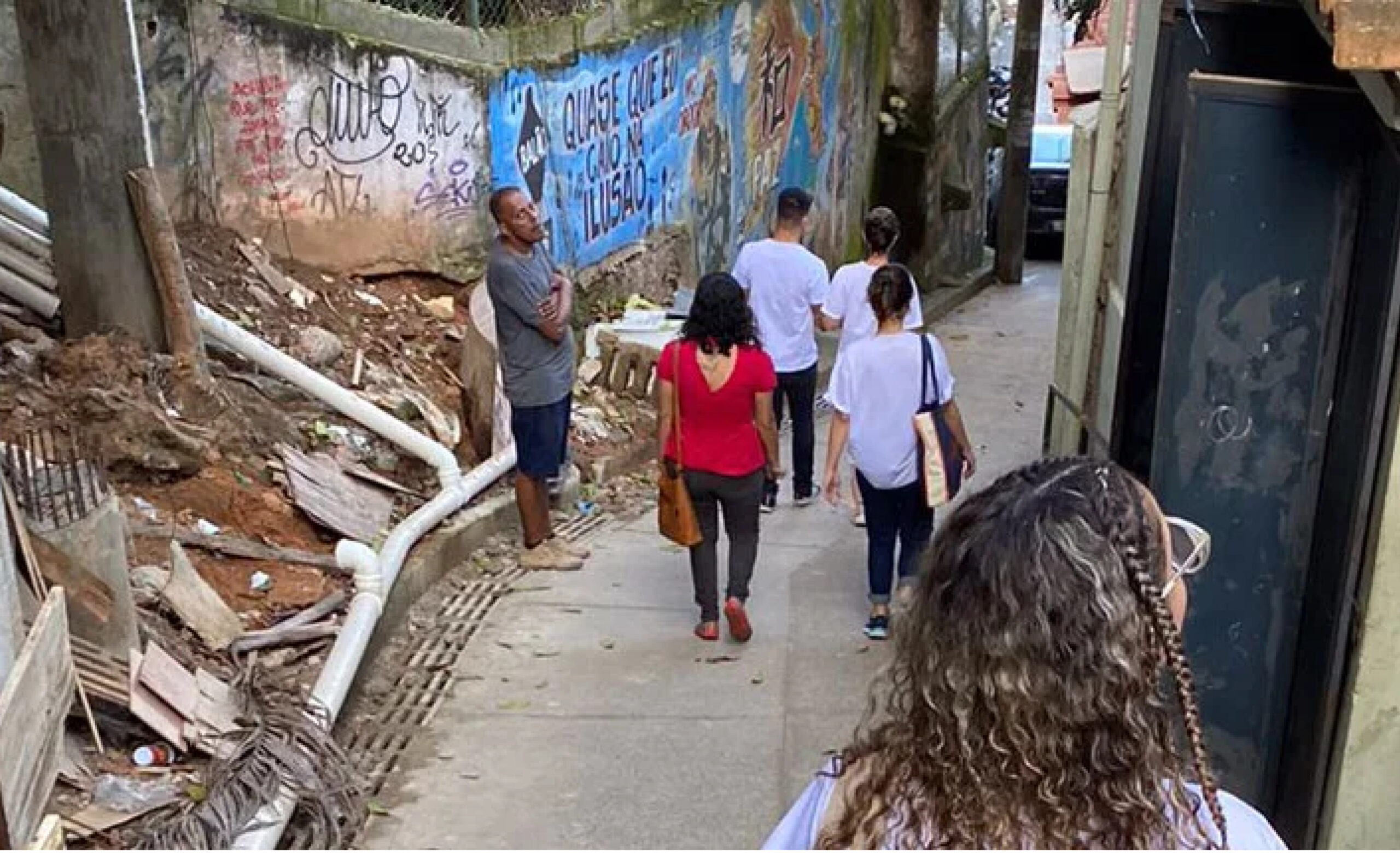Brazil's Never-Ending Corruption Crisis
Brazil's Never-Ending Corruption Crisis
It’s time for Brazil to take a radically new approach to prevent corruption, writes AS/COA’s Brian Winter for Foreign Affairs.
Six decades ago, long before the Brazilian Senate’s August 2016 vote to impeach President Dilma Rousseff and remove her from office, one of the most beloved leaders in the country’s history was besieged by scandals of his own. President Getúlio Vargas, a stocky, gravelly voiced gaucho from Brazil’s deep south, had granted new rights, including paid vacation, to a generation of workers in the 1930s and 1940s. But after Vargas returned to power in 1951, one of his top aides was charged with murder, and Vargas himself faced allegations that the state-run Bank of Brazil had granted sweetheart loans to a pro-government journalist. “I feel I am standing in a sea of mud,” Vargas lamented. After a late-night cabinet meeting on August 24, 1954, failed to solve the crisis, and with numerous generals demanding his resignation, Vargas withdrew to his bedroom, grabbed a Colt pistol, and shot himself through the heart.
Ever since, corruption scandals have continued to routinely upend Brazilian politics. In 1960, the mercurial Jânio Quadros won the presidency by campaigning with a broom, vowing to sweep away the thieving “rats” in Brasília—only to quit after eight tumultuous months in office. Following a 1964 military coup, widespread disgust at the corruption of civilian politicians helped Brazil’s generals hold on to power for two decades. In 1992, Fernando Collor de Mello—the first president to be elected following the restoration of democracy—was impeached over allegations that he and members of his inner circle had embezzled millions.
Last August, Rousseff, the country’s first female president, became the latest Brazilian politician to see her career wrecked in part by revelations of graft. The technical grounds for her impeachment were that she had manipulated the federal budget to conceal the scale of the country’s mounting deficits. In reality, however, the impeachment was driven by public anger at a president who had overseen the country’s worst recession in more than a century and by the exposure of a multibillion-dollar corruption scandal that made Vargas’ “sea of mud” look like a tiny pond....








